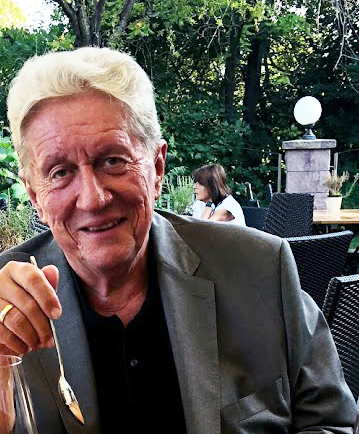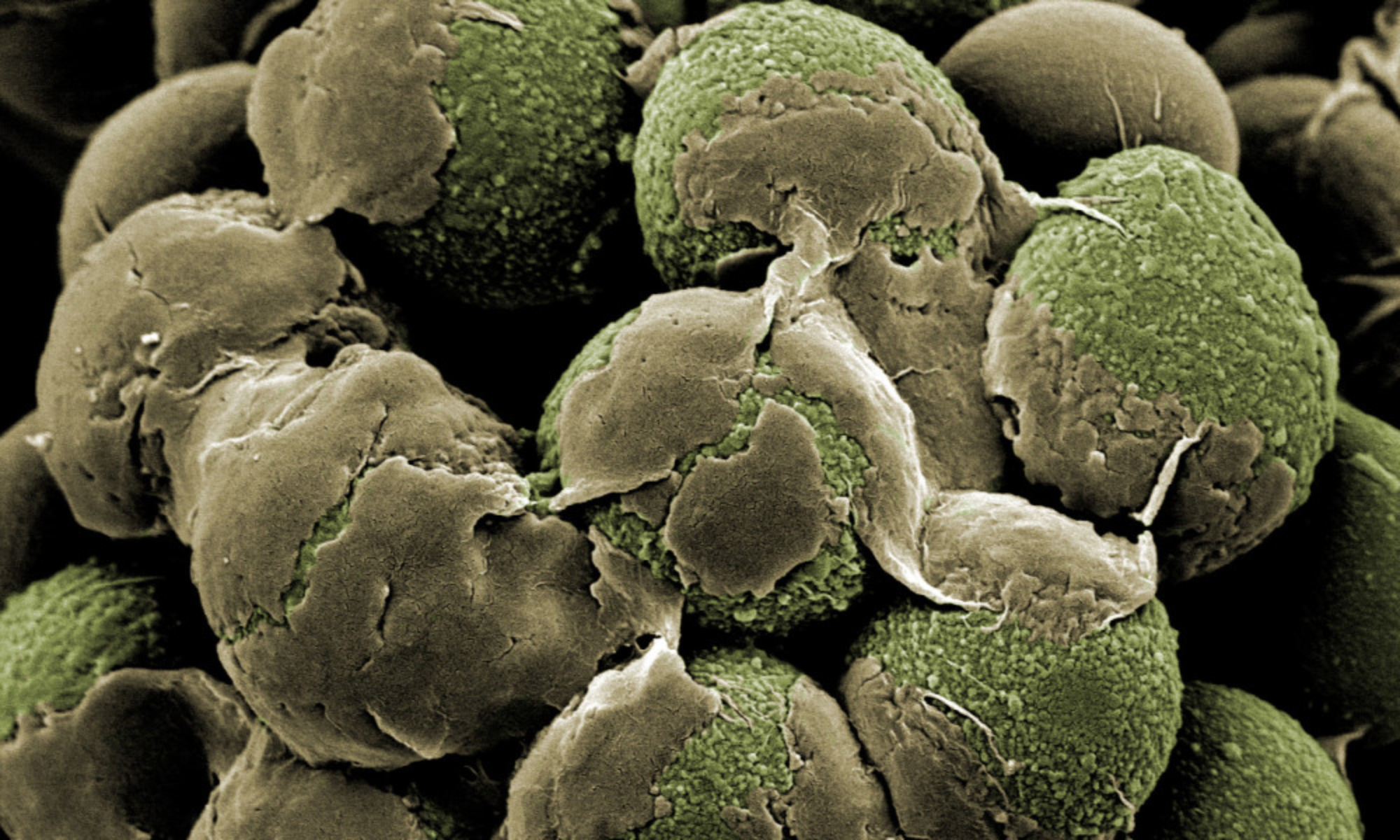
Christian P. Kubicek is a retired Professor for Biotechnology and Microbiology at the University of Technology in Vienna (Austria). His scientific work concentrated on both basic and applied research on filamentous fungi with most emphasis on those from the genus Trichoderma and Aspergillus. These studies comprised enzymology and protein chemistry, metabolic regulation, microbial ecology, functional gene characterization, and all “omics” approaches towards the improvement of fungal strains used in industry and agriculture by science-driven strategies. His work is documented in more than 300 original papers in peer-reviewed journals, as well as many patents and books, and was distinguished by several international honors.
Christian P. Kubicek pioneered and most advanced Trichoderma’s genomics by making the first and most significant comparative genomic studies for this genus (below). Being the first Chair of the International Commission on Trichoderma Taxonomy (now ICTT, that time ISTH), Christian was among the first scientists who implemented the DNA Barcoding and Genealogical Concordance Phylogenetic Species Recognition concept in Trichoderma taxonomy. Irina worked together with Christian for ten years from 2002 until his retirement in 2013. We highly appreciate the still ongoing cooperation with Christian on Trichoderma genetics, genomics and systems biology.
Selected publications:
Kubicek, C.P., Steindorff, A.S., Chenthamara, K., Manganiello, G., Henrissat, B., Zhang, J., Cai, F., Kopchinskiy, A.G., Kubicek, E.M., Kuo, A., Baroncelli, R., Sarrocco, S., Noronha, E.F., Vannacci, G., Shen, Q.*, Grigoriev, I.V., Druzhinina, I.S.*, 2019. Evolution and comparative genomics of the most common Trichoderma species. BMC Genomics 20.
Druzhinina, I.S., V. Seidl-Seiboth, A. Herrera-Estrella, B.A. Horwitz, C.M. Kenerley, E. Monte, P.K. Mukherjee, S. Zeilinger, I.V. Grigoriev and C.P. Kubicek, Trichoderma: the genomics of opportunistic success (vol 9, pg 749, 2011). Nature Reviews Microbiology, 2011. 9(12): p. 896-896 doi: 10.1038/nrmicro2689. PubMed PMID: WOS:000297255800016.
Kubicek, C.P., A. Herrera-Estrella, V. Seidl-Seiboth, D.A. Martinez, I.S. Druzhinina, M. Thon, S. Zeilinger, S. Casas-Flores, B.A. Horwitz and P.K. Mukherjee, Comparative genome sequence analysis underscores mycoparasitism as the ancestral life style of Trichoderma. Genome Biology, 2011. 12(4): p. R40 doi.org/10.1186/gb-2011-12-4-r40.
Druzhinina IS, Chenthamara K, Zhang J, Atanasova L, Yang D, Miao Y, et al. (2018) Massive lateral transfer of genes encoding plant cell wall-degrading enzymes to the mycoparasitic fungus Trichoderma from its plant-associated hosts. PLoS Genet 14(4): e1007322. https://doi.org/10.1371/journal.pgen.1007322
Druzhinina, I.S., E.M. Kubicek and C.P. Kubicek, Several steps of lateral gene transfer followed by events of ‘birth-and-death’ evolution shaped a fungal sorbicillinoid biosynthetic gene cluster. BMC Evolutionary Biology, 2016. 16: p. 269. doi: 10.1186/s12862-016-0834-6. PubMed PMID: PMC5182515.
Druzhinina, I.S. and C.P. Kubicek, Genetic engineering of Trichoderma reesei cellulases and their production. Microb Biotechnol, 2017 doi: 10.1111/1751-7915.12726. PubMed PMID: 28557371.
de Man, T.J.B., J.E. Stajich, C.P. Kubicek, C. Teiling, K. Chenthamara, L. Atanasova, I.S. Druzhinina, N. Levenkova, S.S.L. Birnbaum, S.M. Barribeau, B.A. Bozick, G. Suen, C.R. Currie and N.M. Gerardo, Small genome of the fungus Escovopsis weberi, a specialized disease agent of ant agriculture. Proceedings of the National Academy of Sciences of the United States of America, 2016. 113(13): p. 3567-3572 doi: 10.1073/pnas.1518501113.
Druzhinina, I.S. and C.P. Kubicek, Familiar Stranger: Ecological Genomics of the Model Saprotroph and Industrial Enzyme Producer Trichoderma reesei Breaks the Stereotypes. Advances in Applied Microbiology, 2016. 95: p. 69-147 doi: 10.1016/bs.aambs.2016.02.001.
Druzhinina, I.S., A.G. Kopchinskiy, E.M. Kubicek and C.P. Kubicek, A complete annotation of the chromosomes of the cellulase producer Trichoderma reesei provides insights in gene clusters, their expression and reveals genes required for fitness. Biotechnology for Biofuels, 2016. 9: p. 75 doi: 10.1186/s13068-016-0488-z.
Atanasova, L., S. Le Crom, S. Gruber, F. Coulpier, V. Seidl-Seiboth, C.P. Kubicek and I.S. Druzhinina, Comparative transcriptomics reveals different strategies of Trichoderma mycoparasitism. BMC genomics, 2013. 14(1): p. 121 doi: 10.1186/1471-2164-14-121.
